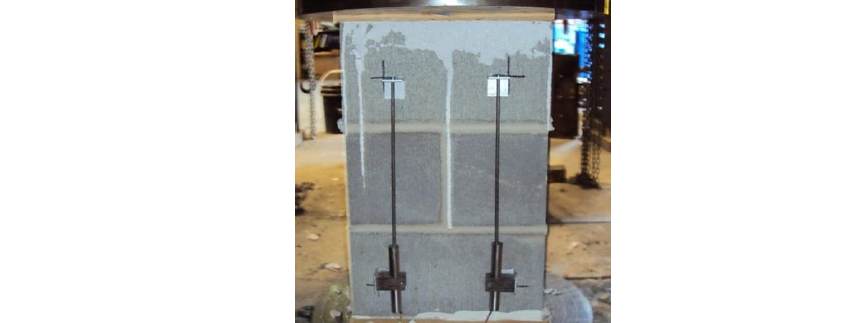1 B.Sc., M.Sc. Student and Graduate Research and Teaching Assistant, University of Alberta, Department of Civil and Environmental Engineering, michael.ross@ualberta.ca
2 PhD, Associate Professor of Structural Engineering, University of Alberta, Department of Civil and Environmental Engineering, yasser.korany@ualberta.ca
3 M.Sc., Consultant and Technical Services Engineer, Canadian Concrete Masonry Producers Association, bbstek@telus.net
ABSTRACT
Using research that is now several decades old, the current Canadian masonry design standard, CSA S304.1-04, prescribes values for masonry design compressive strength based on the compressive strength of the concrete masonry unit and the type of mortar used in construction. The quality and precision of unit production, masonry construction methods, and the theoretical understanding of masonry behaviour have improved significantly since these values were developed. As a consequence, current CSA S304.1-04 correlations between unit and masonry compressive strength values no longer reflect modern masonry construction. Use of the current tabulated masonry compressive strength values can result in structural designs that are overly conservative and uneconomical.
In this investigation, one hundred and five grouted concrete masonry prisms were constructed and tested at the University of Alberta to recalibrate the relationship between concrete masonry unit strength and the strength of grouted masonry prisms. Concrete masonry units having nominal compressive strength values from 10 MPa to 40 MPa were used. All prisms were three units high, and built of standard 200 mm hollow concrete masonry units in a running bond pattern using either type S or type N mortar. Both masonry cement and Portland cement lime mortars were used. All prisms were constructed and tested in accordance with CSA S304.1-04. The test results revealed significant conservatism in the current prescribed masonry strength values for type N mortar – measured specified masonry compressive strength values were found to be 37% – 62% higher than the prescribed values – and lesser conservatism for type S mortar strength values, measured values were 9% – 36% higher than the prescribed values for lower strength masonry units, and 3% – 17% lower for higher strength units. The effect of mortar strength on the compressive strength of grouted masonry was found to be small, with less than a 10% strength difference between the prisms constructed with type S and type N mortars.
KEYWORDS: concrete block, compressive strength, unit strength, masonry prisms, grout , mortar
569.pdf



